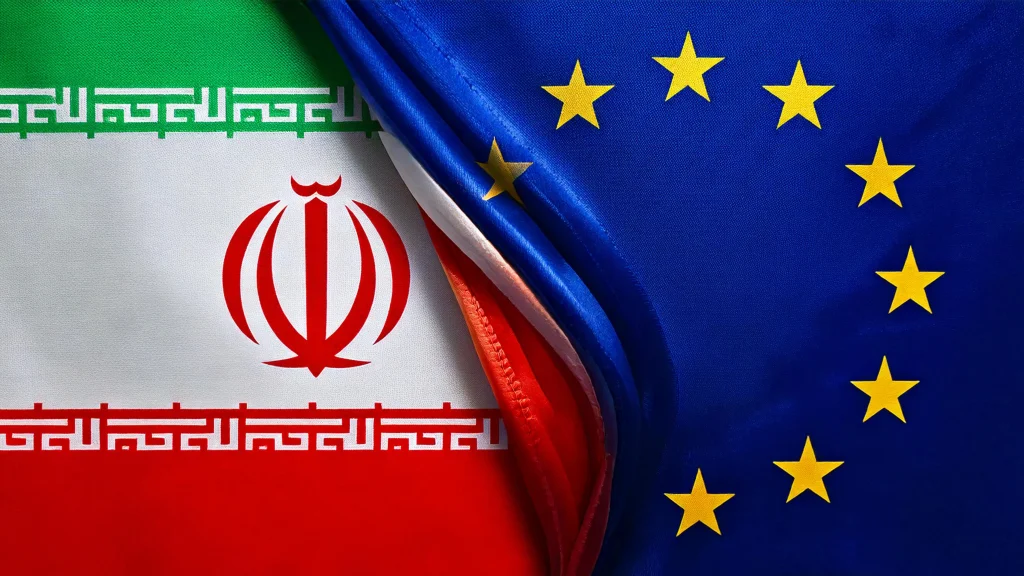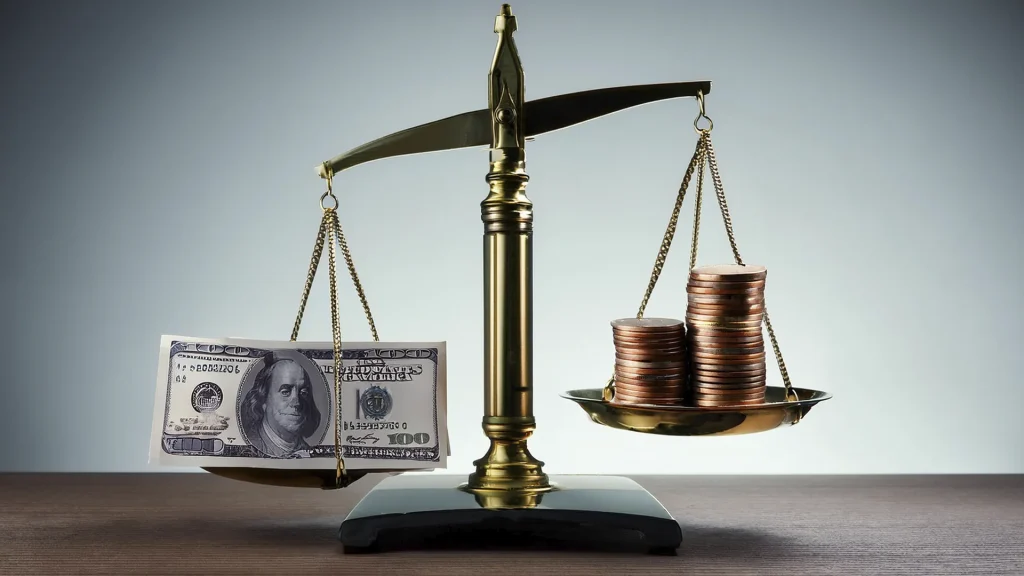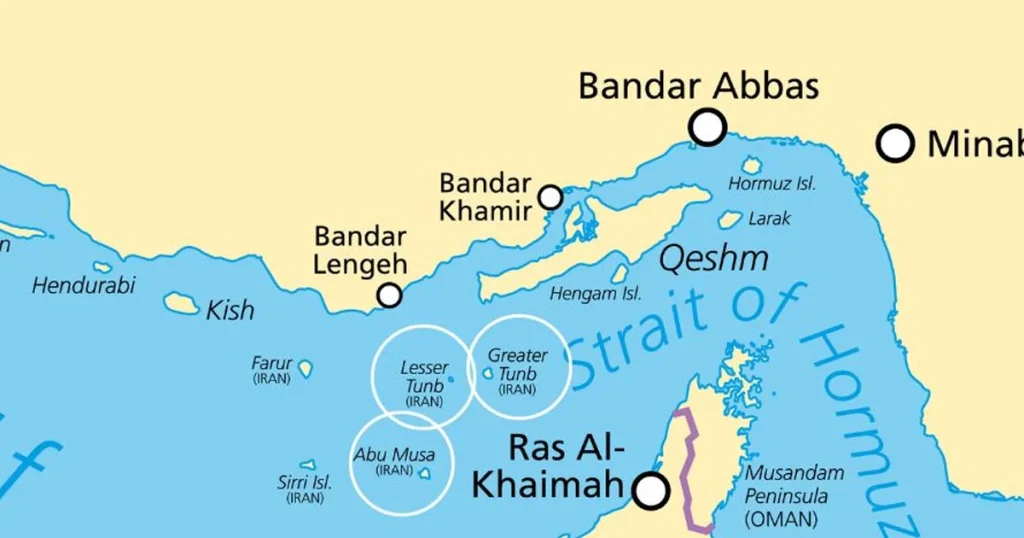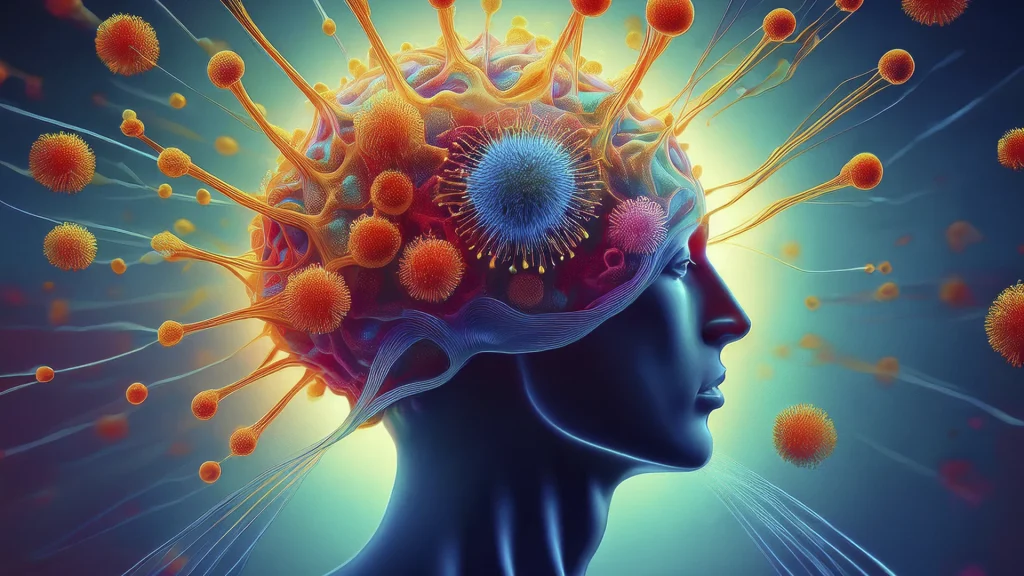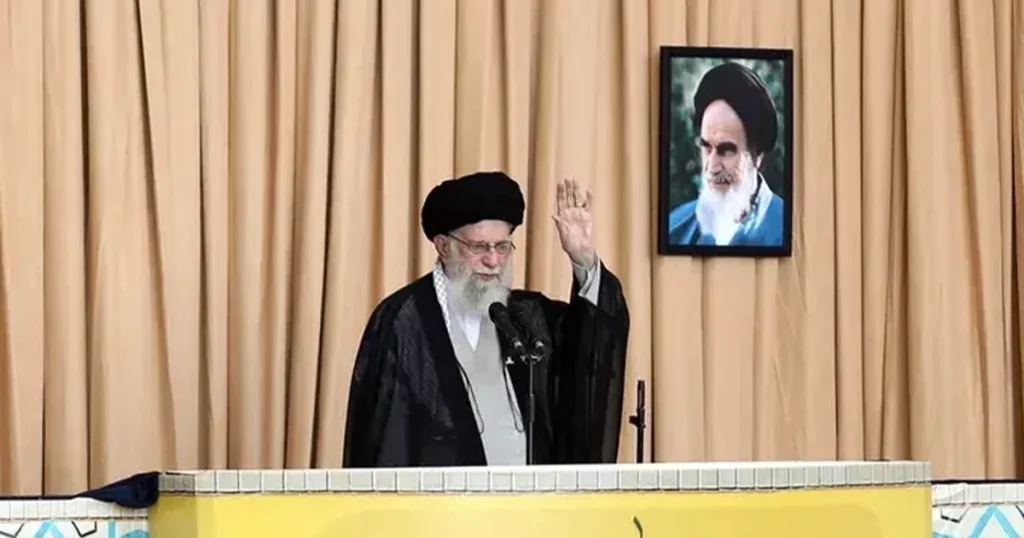The name Mahsa Amini rings with sorrow and defiance, a symbol of the unwavering spirit of the Iranian people against the oppressive regime that rules their land. Her story, a tragic tale of brutality and injustice, ignited a nationwide movement, demanding a reckoning with the Islamic Republic’s reign of terror.
Amini, a young woman with dreams and aspirations, was senselessly snatched away from her life, her vibrant spirit snuffed out by the merciless hands of the Morality Police. Her offense? The audacity to express her individuality, to dare to exist in a way that challenged the repressive norms imposed by the regime.

When Amini was arrested for a minor infraction of the regime’s suffocating dress code, she entered a world of darkness and brutality. The Morality Police, enforcers of the regime’s archaic and misogynistic laws, met her with violence and cruelty. They beat her mercilessly, inflicting injuries that would ultimately claim her life.
The news of Amini’s death sent shockwaves through Iran, sparking a wave of protests that would reverberate across the nation. The people, long suppressed and stifled, found their voices, their collective fury echoing the injustice that had been inflicted upon Amini.
The Woman Life Freedom Movement, born from the ashes of Amini’s tragic demise, demanded an end to the regime’s tyranny and oppression. Women, emboldened by their sister’s courage, took to the streets, their voices rising in a chorus of defiance against the suffocating shackles of the Islamic Republic.

But the regime, entrenched in its power and cruelty, refused to be swayed by the people’s demands. The IRGC, the regime’s paramilitary force, unleashed a reign of terror, meting out violence on an unprecedented scale.
They beat protesters with batons and chains, firing tear gas, rubber bullets, metal pallets, and live munitions into the crowds. They kidnapped and imprisoned dissenters, subjecting them to torture, rape, and forced confessions. They even targeted the grieving families of the victims, using the corpses of their loved ones as bargaining chips to silence their cries for justice.
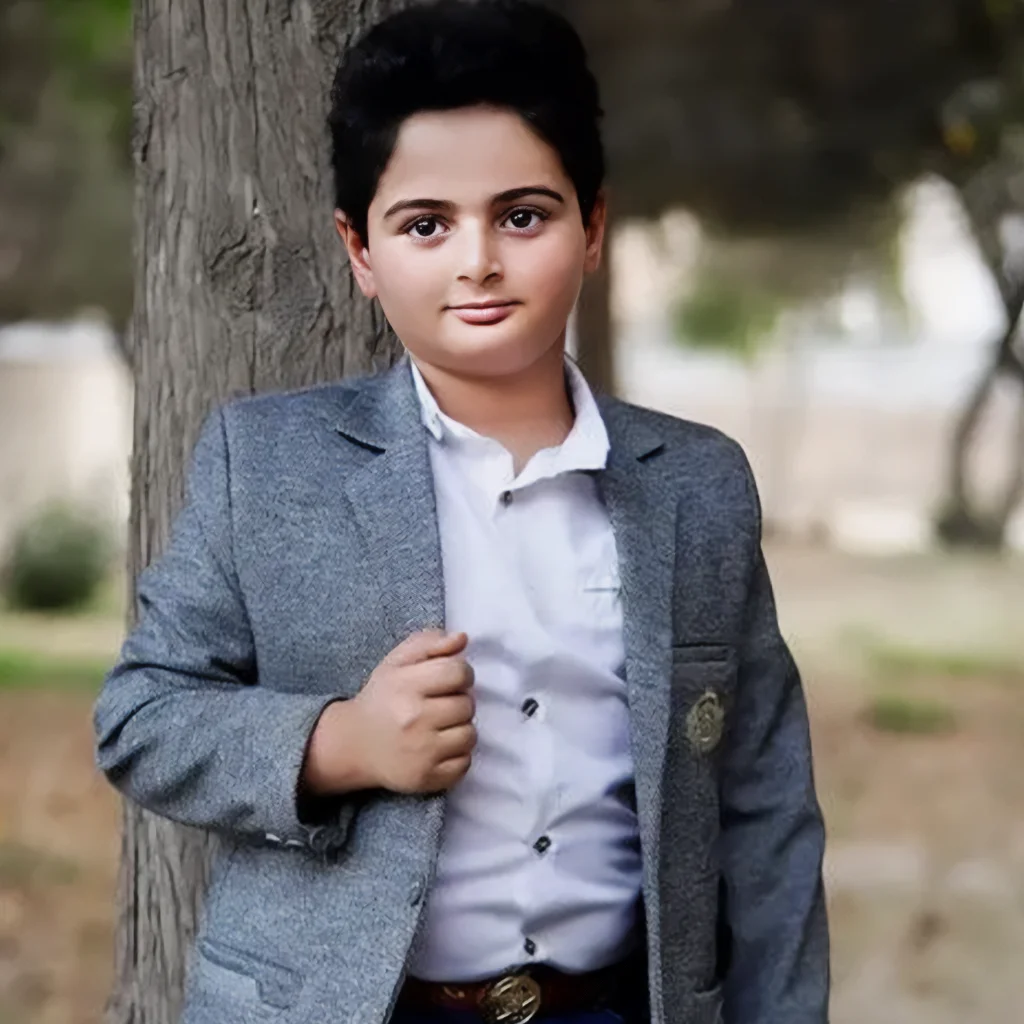
Nine-year-old Kian Pirbalak, a young boy and his family brutally gunned down by the IRGC, became a poignant symbol of the innocent lives lost to this senseless violence. His death, a stark reminder of the regime’s disregard for human life, ignited international outrage.
The regime’s actions were not limited to physical violence. They sought to suppress the truth, silencing journalists and activists who dared to expose their atrocities. The two reporters who first broke the story of Amini’s death were imprisoned, their voices muzzled by the regime’s fear of exposure.
The Mahsa Amini tragedy serves as a chilling reminder of the depths of human cruelty and the resilience of the human spirit. Her death sparked a movement that shook the foundations of the Islamic Republic, exposing its barbarity to the world.
The regime’s reign of terror will not last forever. The voices of the protesters, echoing the spirit of Mahsa Amini, will not be silenced. The pursuit of justice for her and for all the victims of the regime will not be deterred.
The world is watching, and we stand in solidarity with the Iranian people in their fight for freedom and dignity. The Mahsa Amini tragedy is not just a story of one woman’s death; it is a testament to the indomitable human spirit and a call to action for all those who believe in justice and human rights.

